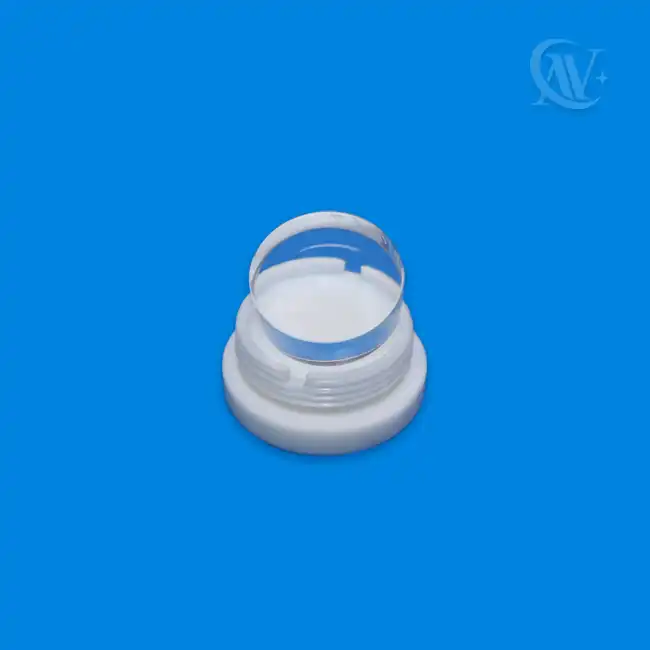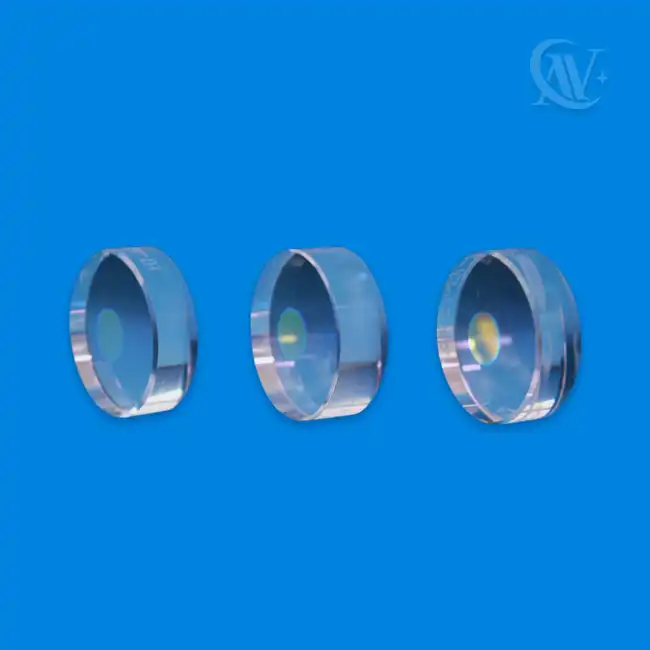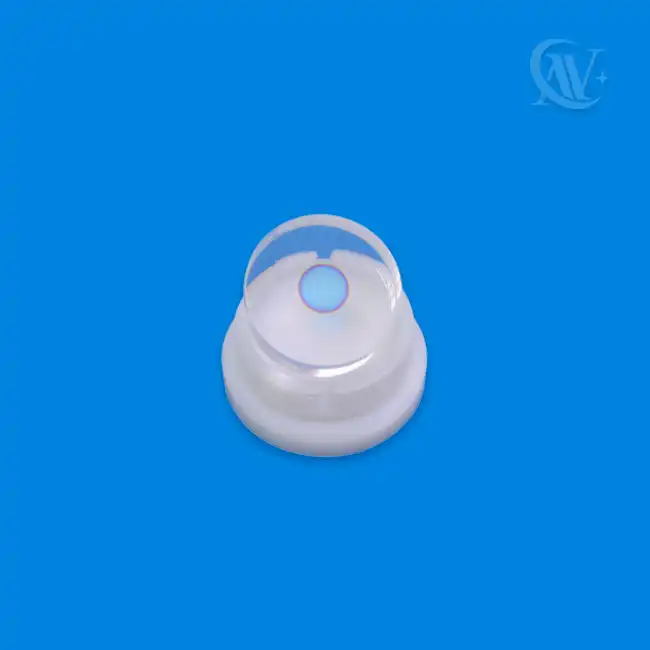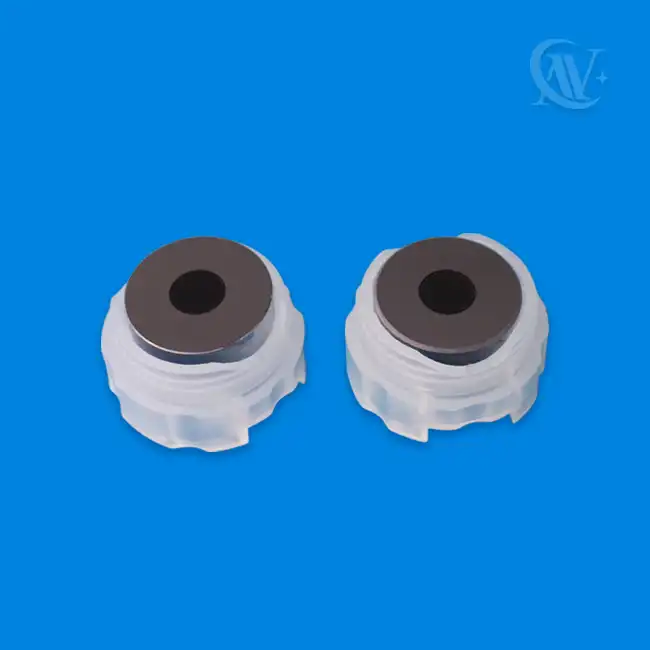The Role of Super Stable Cavities in Enhancing Laser Performance
In the realm of advanced optics and laser technology, super stable cavities have emerged as a game-changing innovation. These remarkable structures play a pivotal role in elevating laser performance to unprecedented levels, opening up new possibilities in various scientific and industrial applications. This article delves into the fascinating world of super stable cavities, exploring their significance, functioning, and the myriad ways they're revolutionizing laser technology.
Understanding Super Stable Cavities: The Foundation of Advanced Laser Systems
Super stable cavities are at the heart of cutting-edge laser systems, serving as the bedrock for achieving exceptional laser performance. These cavities are meticulously engineered structures designed to maintain an extraordinarily stable optical path length, a crucial factor in producing highly coherent and stable laser output.
At its core, a super stable cavity consists of two or more ultra-high reflectivity mirrors, precisely aligned and separated by a spacer material with an extremely low coefficient of thermal expansion. This configuration creates a resonant optical cavity that can trap and amplify light with remarkable efficiency.
The key to the cavity's "super stability" lies in its ability to minimize environmental disturbances. Advanced materials like ultra-low expansion (ULE) glass or low-expansion ceramic spacers are employed to reduce thermal fluctuations. Furthermore, sophisticated vibration isolation systems and temperature control mechanisms are implemented to shield the cavity from external perturbations.
This exceptional stability translates directly into enhanced laser performance. By maintaining a constant optical path length with sub-wavelength precision, super stable cavities enable the production of laser light with extraordinary frequency stability and spectral purity. This level of performance is crucial for applications ranging from high-precision spectroscopy to optical atomic clocks.
Applications and Advancements: Super Stable Cavities in Action
The impact of super stable cavities extends far beyond the laboratory, finding applications in diverse fields that demand the utmost in laser performance. Let's explore some of the key areas where these remarkable structures are making waves:
- Time Frequency and Optical Atomic Clocks: Super stable cavities are indispensable in the development of next-generation timekeeping devices. In optical atomic clocks, these cavities serve as ultra-precise frequency references, enabling time measurements with staggering accuracy. This technology has far-reaching implications, from improving GPS navigation to testing fundamental physics theories.
- High-Power Laser Systems: In the realm of high-power lasers, super stable cavities play a crucial role in optimizing beam quality and stability. By providing a highly controlled environment for laser amplification, these cavities enable the development of more powerful and efficient laser systems. This has significant implications for applications such as laser-based manufacturing, materials processing, and even advanced defense systems.
- Laser Gyroscopes: The exceptional stability offered by super stable cavities has revolutionized inertial navigation systems. Laser gyroscopes utilizing these cavities can detect minute rotational movements with unprecedented accuracy, making them invaluable in aerospace and marine navigation.
- Cavity Ring-Down Spectroscopy (CRDS): In the field of ultra-sensitive spectroscopy, super stable cavities have enabled the development of CRDS techniques. This powerful analytical method allows for the detection of trace amounts of substances with remarkable sensitivity, finding applications in environmental monitoring, medical diagnostics, and industrial quality control.
- Quantum Optics and Information Processing: The exquisite control over light afforded by super stable cavities is opening new frontiers in quantum optics. These structures are instrumental in experiments exploring fundamental quantum phenomena and in the development of quantum information processing technologies.
Innovations and Future Prospects: Pushing the Boundaries of Cavity Technology
The field of super stable cavity technology is continually evolving, with researchers and engineers pushing the boundaries of what's possible. Some of the exciting developments and future prospects include:
- Advanced Materials: The quest for materials with even lower thermal expansion coefficients and better mechanical stability is ongoing. Innovative composite materials and novel crystalline structures are being explored to create cavities with unprecedented stability.
- Miniaturization: There's a growing interest in developing compact super stable cavities without compromising performance. This miniaturization effort could lead to more portable high-precision instruments and open up new applications in field-deployable systems.
- Integration with Photonic Circuits: Researchers are exploring ways to integrate super stable cavity technology with photonic integrated circuits. This could lead to the development of chip-scale ultra-stable laser sources, revolutionizing fields like telecommunications and quantum computing.
- Active Stabilization Techniques: Advanced feedback systems and adaptive optics are being developed to further enhance cavity stability. These techniques aim to compensate for residual fluctuations in real-time, pushing the limits of achievable stability.
- Novel Cavity Designs: Innovative cavity geometries, such as monolithic crystalline cavities or whispering gallery mode resonators, are being investigated for their potential to offer even greater stability and performance in specific applications.
- Multi-Cavity Systems: Researchers are exploring the use of multiple interconnected super stable cavities to create even more robust and versatile laser systems. These complex configurations could offer new capabilities in areas like multi-wavelength laser generation and advanced sensing applications.
The continuous advancement in super stable cavity technology is not just pushing the boundaries of what's possible in laser performance; it's opening up entirely new avenues of scientific inquiry and technological innovation. From probing the fundamental nature of the universe to developing next-generation communication systems, the impact of these remarkable structures is truly far-reaching.
Conclusion
Super stable cavities have undeniably revolutionized the landscape of laser technology, offering unprecedented levels of performance and stability. From enabling the most accurate timekeeping devices ever created to powering cutting-edge spectroscopy techniques, these remarkable structures have become indispensable in numerous scientific and industrial applications.
For those interested in learning more about super-smooth precision optical devices, including super stable cavities and other advanced optical technologies, please don't hesitate to reach out to the experts at Xi'an SNP Precision Optics CO., LTD. Contact them at xachaona@163.com for more information on their cutting-edge products and services in the field of ultra-smooth optical devices and precision optics.
References
1. Ludlow, A. D., Boyd, M. M., Ye, J., Peik, E., & Schmidt, P. O. (2015). Optical atomic clocks. Reviews of Modern Physics, 87(2), 637-701.
2. Matei, D. G., Legero, T., Häfner, S., Grebing, C., Weyrich, R., Zhang, W., ... & Sterr, U. (2017). 1.5 μm lasers with sub-10 mHz linewidth. Physical Review Letters, 118(26), 263202.
3. Notcutt, M., Ma, L. S., Ye, J., & Hall, J. L. (2005). Simple and compact 1-Hz laser system via an improved mounting configuration of a reference cavity. Optics letters, 30(14), 1815-1817.
4. Numata, K., Kemery, A., & Camp, J. (2004). Thermal-noise limit in the frequency stabilization of lasers with rigid cavities. Physical review letters, 93(25), 250602.
5. Jiang, Y. Y., Ludlow, A. D., Lemke, N. D., Fox, R. W., Sherman, J. A., Ma, L. S., & Oates, C. W. (2011). Making optical atomic clocks more stable with 10−16-level laser stabilization. Nature Photonics, 5(3), 158-161.
YOU MAY LIKE
 VIEW MORED25 Spherical Mirror Substrate
VIEW MORED25 Spherical Mirror Substrate VIEW MOREULE Material Spherical Mirror
VIEW MOREULE Material Spherical Mirror VIEW MORED12.7 Super High Reflective Spherical Mirror
VIEW MORED12.7 Super High Reflective Spherical Mirror VIEW MORED25 Super High Reflective Spherical Mirror
VIEW MORED25 Super High Reflective Spherical Mirror VIEW MORESingle Crystal Silicon Super Low Loss Flat Concave Mirror
VIEW MORESingle Crystal Silicon Super Low Loss Flat Concave Mirror_1742553657333.webp) VIEW MOREFused Silica Super Stable Cavity-Circular Cavity
VIEW MOREFused Silica Super Stable Cavity-Circular Cavity_1742781590728.webp) VIEW MORESingle Crystal Silicon Super Stable Cavity-Square Cavity(can only customize according to customer's requirement)
VIEW MORESingle Crystal Silicon Super Stable Cavity-Square Cavity(can only customize according to customer's requirement)_1742781458206.webp) VIEW MOREZerodur Super Stable Cavity-Square Cavity(can only customize according to customer's requirement)
VIEW MOREZerodur Super Stable Cavity-Square Cavity(can only customize according to customer's requirement)



_1736302755188.webp)

